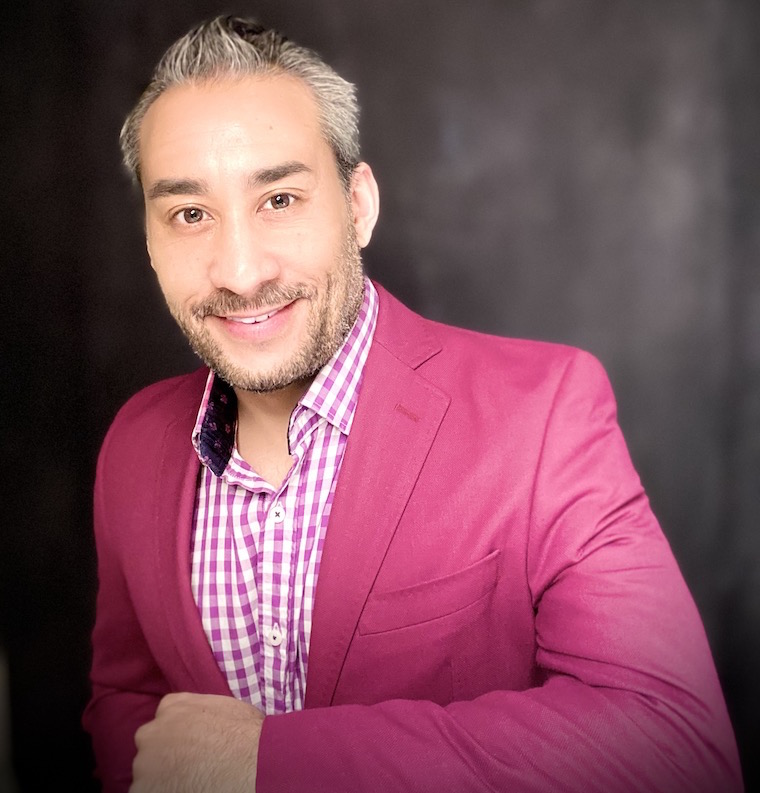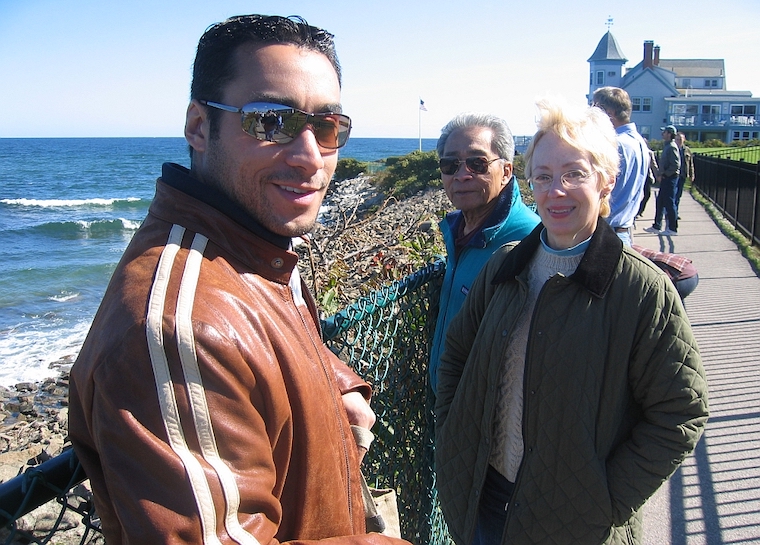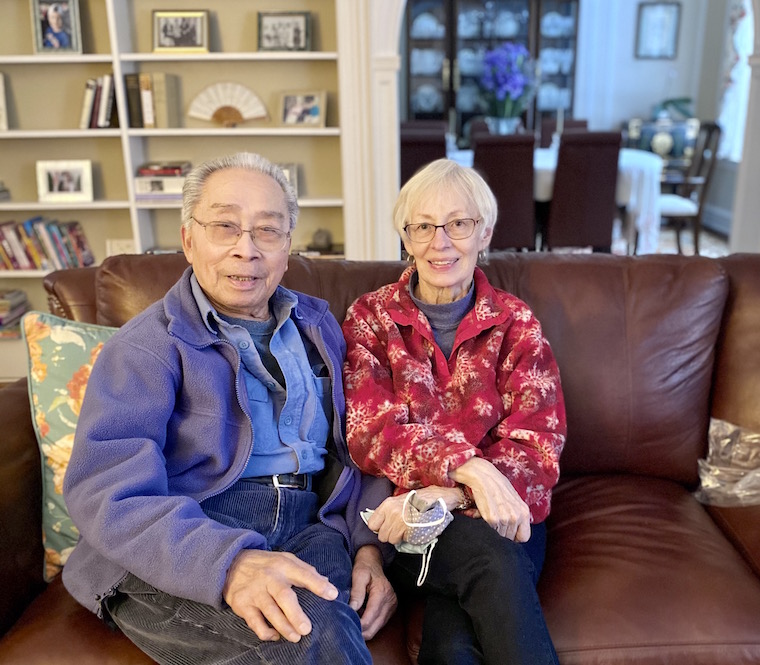“Asian Americans inhabit a purgatorial status: neither white enough nor black enough, unmentioned in most conversations about racial identity. In the popular imagination, Asian Americans are all high-achieving professionals. But in reality, this is the most economically divided group in the country, a tenuous alliance of people with roots from South Asia to East Asia to the Pacific Islands, from tech millionaires to service industry laborers. How do we speak honestly about the Asian American condition—if such a thing exists?” – Cathy Park Hong
At a time when acts of anti-Asian racism are having a surge it is more important than ever to be visible and vigilant, and to celebrate Asian American – Pacific Islander (AAPI) Heritage Month. The U.S. Census Bureau defines Asians as those “having origins in any of the original peoples of the Far East, Southeast Asia, or the Indian subcontinent, including (but not limited to) China, Japan, Thailand, Malaysia, Korea, India, Cambodia, Vietnam or the Philippines.” Pacific Islanders are those whose “origins belong to Polynesia, Micronesia, and Melanesia. This classification includes (but is not limited to) Native Hawaiian, Samoan, Tahitian, Guamanian, Fijian and Papua New Guinean people.”
Taken together, these two groups include an extensive list of countries, whose histories and cultures vary magnificently, making any sort of blanket categorization risky at best, and part of the purpose of AAPI Heritage month is in learning these distinctions.
May was chosen as the honorary month based on the reported arrival of the first Japanese immigrants to the United States on May 7, 1843. That month also marked the anniversary of the completion of the transcontinental railroad, and the majority of workers who worked on laying those tracks were Chinese immigrants. Though reports differ slightly, the first documented Asians to actually arrive in the Americas were Filipinos in 1587, who arrived at what would become the California coast.
“Inevitably, though, there will always be a significant part of the past which can neither be burnt nor banished to the soothing limbo of forgetfulness – myself. I was and still am that same ship which carried me to the new shore, the same vessel containing all the memories and dreams of the child in the brick house with the toy tea set. I am the shore I left behind as well as the home I return to every evening. The voyage cannot proceed without me.” – Luisa A. Igloria
My Filipino heritage was neither hyped nor erased when my parents raised us. My Dad, who is from Batangas (located on Luzon, the largest island of the Philippines), largely adopted an American way of life before we were born, so it was my Mom who insisted on making our Filipino heritage a part of our upbringing. They both cooked Filipino dishes, and Dad would regale us with tales of his childhood (mostly as a comparison to how easy we had it in ours). When Dad’s family members would visit we would listen with rapt interest as he slipped into Tagalog, marveling at a side of him we rarely got to glimpse.
As biracial children, my brother and I had our feet firmly planted in American soil, but our roots stretched between the Philippines and Hoosick Falls, NY (where Mom was born). While I don’t recall experiencing many incidents of overtly racist behavior toward us, I sense now that part of that was the financial privilege we enjoyed from Dad’s work as an anesthesiologist and Mom’s work as a nursing professor. The middle-class comfort we enjoyed likely acted as a buffer against more obvious forms of racism. We were exceedingly lucky that way, and so we were largely able to embrace and celebrate our heritage in our dinners of pancit and bowls of asado. Because of that, our Filipino background never seemed to be a source of pride or of shame, and we rather easily assimilated into America, an act which carried its own sense of dissolving and dissolution. Only lately have I begun to see the importance of retaining our stories of origin, and sharing these with others.
When it comes to fanfare and self-celebration, I sort of feel like I get enough of that here on this blog, but perhaps I don’t focus on my ethnic background as much as I should. Part of it may be that I’ve taken the American celebration of the individual to heart. So when the agency at which I work, the Department of Environmental Conservation (DEC), began seeking out employees to be featured for AAPI Heritage Month, I didn’t even think of submitting my name. Instead, I sought out others to celebrate, but it wasn’t easy. My work on diversity and inclusion was challenging and exciting, yet could be frustrating as well. It was new to many of us, and finding our way with sensitivity was proving tough, as much as our little advances were rewarding.
As we were struggling to find willing participants to represent the AAPI employees at DEC, I eventually realized I had to step up for this month and my own Filipino heritage, of which I’ve always been rather quietly proud, following in the example of my own father, and my mother’s insistence on us learning that indelible part of our origin. It also helped illuminate the representation for Southeast Asia, illustrating how AAPI Heritage Month included more than those with origins in China and Japan. (You may visit our agency’s public website and view my brief bio here, as well as read about some of my outstanding AAPI co-workers.)
While such heritage month celebrations usually rely on the lighter aspects of our culture – food and costume and artistic contributions – they resonate in deeper ways today. When the world encroaches with yet another incident of racial hatred, and acts of violence against Asian Americans grow in number and viciousness, I’m reminded that not everyone had the privileges I was and am afforded. I’m also reminded of the perils of racism, whether overt or latent or unintended, and I want us all to do better. To that end we celebrate May as Asian American – Pacific Islander Heritage Month.
“For Filipino Americans, it’s a battle for recognition, for identity in a culture where, for the mainstream, Asians tend to fade into a monochromatic racialized ‘other.'” – Jose Antonio Vargas
Back to Blog


